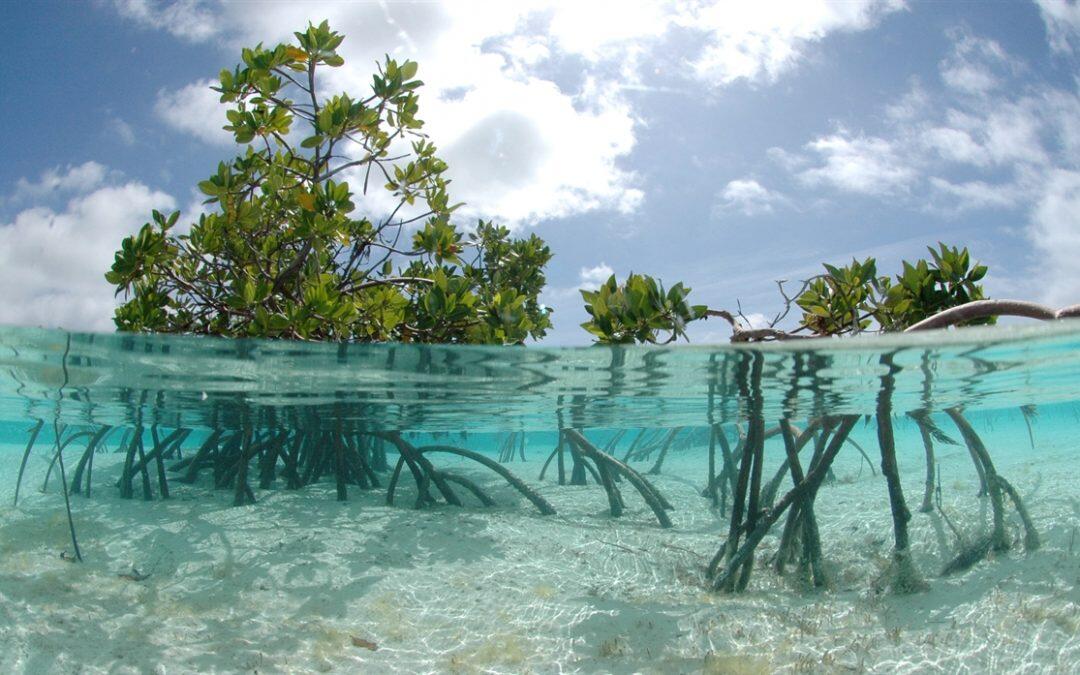Today is the International day for Mangroves, which are rare, spectacular and prolific ecosystems on the boundary between land and sea. According to UNESCO website, mangroves ensure food security for local communities, and they also provide biomass, forest products and sustain fisheries.
Since mangroves contribute to the protection of coastlines, and help mitigate the effects of climate change and extreme weather events, UNESCO states that their protection is essential today, especially that Their survival faces serious challenges.
That is why UNESCO is working across the board and with all partners on an open initiative on mangroves and sustainable development. UNESCO’s World Network of Biosphere Reserves has 86 sites out of 669 that include areas of mangroves.
The National Geographic mentioned that mangroves live life on the edge, adding “With one foot on land and one in the sea, these botanical amphibians occupy a zone of desiccating heat, choking mud, and salt levels that would kill an ordinary plant within hours”.
The website continues: “Yet the forests mangroves form are among the most productive and biologically complex ecosystems on Earth. Birds roost in the canopy, shellfish attach themselves to the roots, and snakes and crocodiles come to hunt. Mangroves provide nursery grounds for fish; a food source for monkeys, deer, tree-climbing crabs, even kangaroos; and a nectar source for bats and honeybees”.
On the other hand, NOAA mentioned the following useful information about mangroves:
- There are about 80 different species of mangrove trees. All of these trees grow in areas with low-oxygen soil, where slow-moving waters allow fine sediments to accumulate.
- Mangrove forests only grow at tropical and subtropical latitudes near the equator because they cannot withstand freezing temperatures.
- Many mangrove forests can be recognized by their dense tangle of prop roots that make the trees appear to be standing on stilts above the water. This tangle of roots allows the trees to handle the daily rise and fall of tides, which means that most mangroves get flooded at least twice per day.
- The roots also slow the movement of tidal waters, causing sediments to settle out of the water and build up the muddy bottom.
- Mangrove forests stabilize the coastline, reducing erosion from storm surges, currents, waves, and tides.
- The intricate root system of mangroves also makes these forests attractive to fish and other organisms seeking food and shelter from predators.
Share your thoughts on this story through our Facebook page greenarea.info











